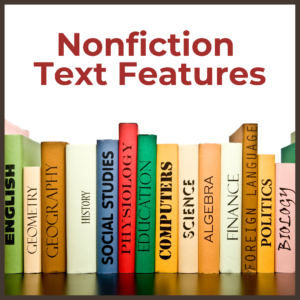Have you ever come across any of these scenarios?
1) A student is clearly bright and very intelligent. This kid knows their stuff. But any written assignment they turn in is illegible to the point that you don’t have a clue what they’re trying to say.
2) A student forgot to put their name on their work, but you know exactly who it is because their handwriting is so distinctively bad.
3) Multiple students can’t read the primary documents your class is examining because they are written in cursive. (Think Declaration of Independence, the Bill of Rights, etc.)
I’ve run into all of these situations and many more.
For some handwriting issues like the bright student in the first example, I generously applied band-aids to the situation.
You struggle with letter formation? No problem! Just present your work orally!
Yes, that allows the student to demonstrate their comprehension and knowledge of the subject, but it doesn’t actually address the root issue.
A great band-aid for cursive in primary documents is finding a typed version of that document. Sure it lacks the character, history, and authenticity that primary documents offer, but kids can read it!
Again, that is a good temporary fix, but it doesn’t address the cause of the problem: a lack of handwriting knowledge and skills.
The good news?
Handwriting is just that: a skill.
Skills can be taught! They can be learned!
But in order to learn a new skills, especially when you’ll need to correct the muscle-memory of bad habits, you’ll need a systematic approach.
Simply saying, “Write nicer!” or “Write better!” won’t work. You already know that.
So, what do students need to successfully transform their handwriting?
- Students need guidance.
- Students need scaffolding.
- And most importantly, students need practice – lots and lots of practice – to build good letter formation habits.
For my upper elementary, middle school, and high school students I looked everywhere for an effective handwriting resource that didn’t seem childish or like it was “talking-down” to those older students.
I couldn’t find it.
And after days turned to weeks and after I tried some writing resources geared toward younger students that were immediately rejected (if eye rolls could kill…), I finally decided to create it.
All three styles follow the same systematic approach:
1. Take a pre-test to determine starting points
2. Start practicing
3. Take mastery tests to demonstrate proficiency on individual letters
4. Track completion on the Progress Chart
5. Take the post-test to demonstrate mastery
I really love two things about including the pre-test. Students who show proficiency on specific letters in the pre-test don’t need to waste their time practicing those letters. If you have it, you have it! Plus, students are always amazed to see their progress from their pre-test to their post-test.
So, where could your students use some help with their handwriting skills? Is it with Print, Cursive, D’Nealian, or all three?







One Response
Some students could use some help with all 3. They get frustrated when they can’t adequately convey their ideas in writing because of their handwriting.